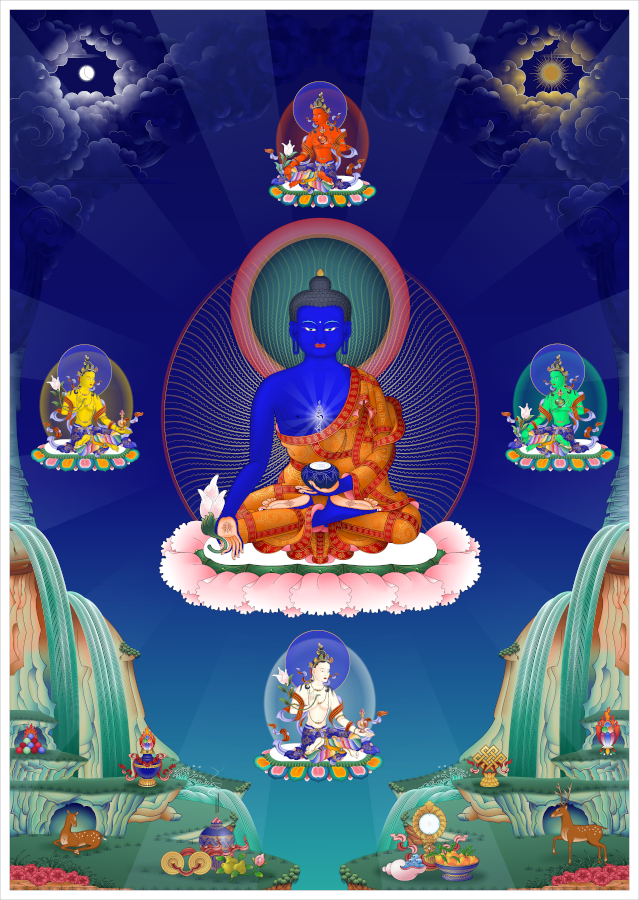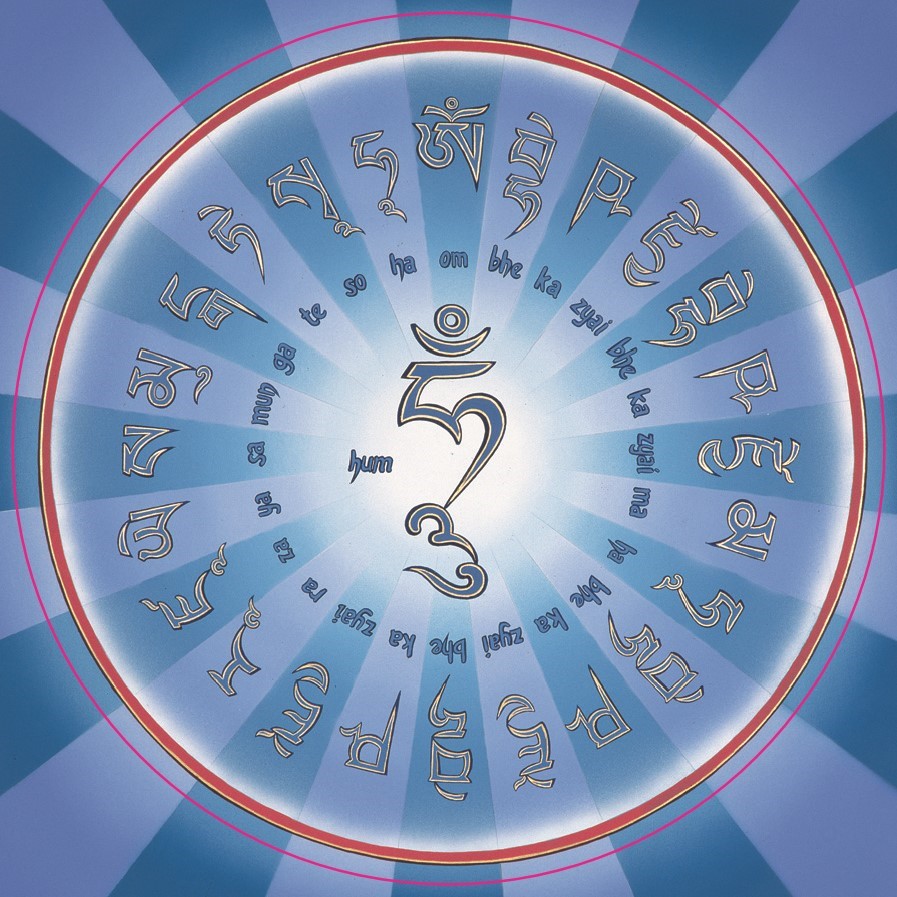“Resilient endurance in the face of the ongoing difficulties is more a matter of imaginative compassion than simply ‘getting tougher’”

Dear Toby,
This week’s article explores how I used a particular meditation technique to work with difficulties when I was a monk. If you enjoy it, we will be focusing upon it as a part of this weeks Tuesday & Wednesday meditation class.
In the spirit of compassionate imagination,
Toby
How did I get through tough times as a Monk?
During my time as a Buddhist monk, there were plenty of times when I felt I had my back against the wall.
- Lack of financial & material resources was always a threat
- Being an unknown element in a mainstream society mean that not all attention was good attention by any means
- The organization that I worked for was often understaffed in terms of manpower, and so there was often a sense of having to do several different (unpaid) jobs at the same time
- The path of meditation itself threw up many things to be processed as I moved from one level to the next.
There was a particular set of meditation instructions called ‘Lojong’, or ‘instructions for training the mind’ which was particularly useful at such times. I would even go as far as to say it was my main practice, in the sense of the one that I derived the most value from. I’ll describe below a simple process that I would follow in meditation that really captures the essence of it. For the sake of an example, let’s imagine that the suffering I am contemplating is the heat and discomfort of being a monk in Singapore, where it is very hot and humid, and I was often living in placed without air-conditioning.
A visual tool
These meditations were often done with a jewel of enlightenment visualized at my heart. The jewel would be made of light and have the essence of my enlightened nature.
“May all my future sufferings ripen upon me now”
This first position involved contemplating the suffering or confusion that I was going through, and then, in the spirit of compassion say something like:
“May all my future suffering of this kind ripen upon me right now”
I would then imagine all the future suffering, to use the example all the discomfort and dizziness of living with too much heat, gathering around me as dark light and smoke. It them ‘ripened upon me now’ by dissolving into the ‘jewel of enlightenment’ at my heart, eventually disappearing. I would then strongly think that all my future suffering regarding heat had already been endured, and that I was free from it, relaxing into the joy of that recognition.
So, of course I was still sitting in the heat of Singapore, and would continue to do so. But the effect of the meditation, at least for a while is that my mental and emotional pain around the heat would reduce dramatically, and I could continue on in a state of relative peace and calm.
“May the sufferings of others ripen upon me now”
A further development of this was reflecting upon the fact that my suffering was only one persons’, and that there were many other living beings experiencing the same and worse regarding discomfort and pain around heat/temperature. So then reflecting upon this compassionately I would contemplate “May the sufferings of heat of all living beings ripen upon me now!”
I would then imagine this pain & suffering gathering around me like a cloud of dark, hot(!) smoke, and see it then dissolving into the jewel of enlightenment at my heart, eventually disappearing. I would then meditate strongly on the thought that all those suffering from heat in different ways had been liberated, and were now free and happy. I took this joyful recognition as an object of meditation for a few minutes.
The purpose of doing this meditation was not to be masochistic, rather it was, and is to:
- Develop resilient endurance in the face of the ongoing difficulties
- Strengthen compassion and reduce unhealthy self-obsession
- Find joy in the process of releasing ourself and others from pain and sufferings
Reading the sequence through initially may leave you thinking “Eeeuw, no way!” but doing the practice a few times, we start to see how effective it is at reducing our pain and suffering in the moment, and finding ways to get through challenging times relatively unscathed. It certainly was and is a method I’ve found most useful in my own path.
Article & content © Toby Ouvry 2024, you are welcome to use or share this article, but please cite Toby as the source and include reference to his website www.tobyouvry.com
Follow Toby on: LinkedIn, YouTube, Instagram
Integral Meditation Asia
Online Courses * 1:1 Coaching * Books * Live Workshops * Corporate Mindfulness Training *Life-Coaching * Meditation Technology




